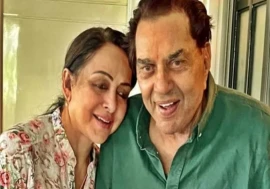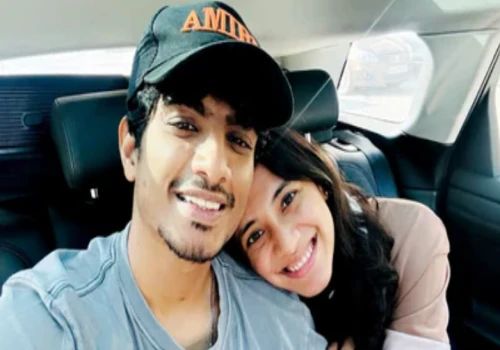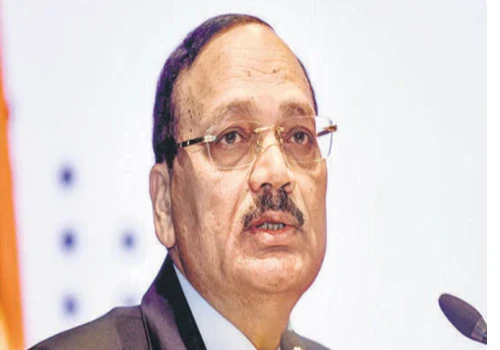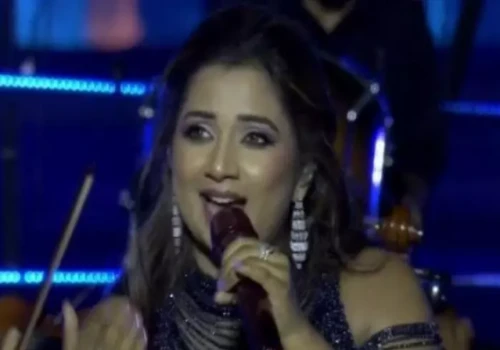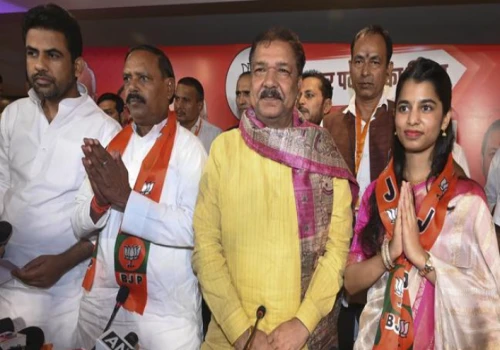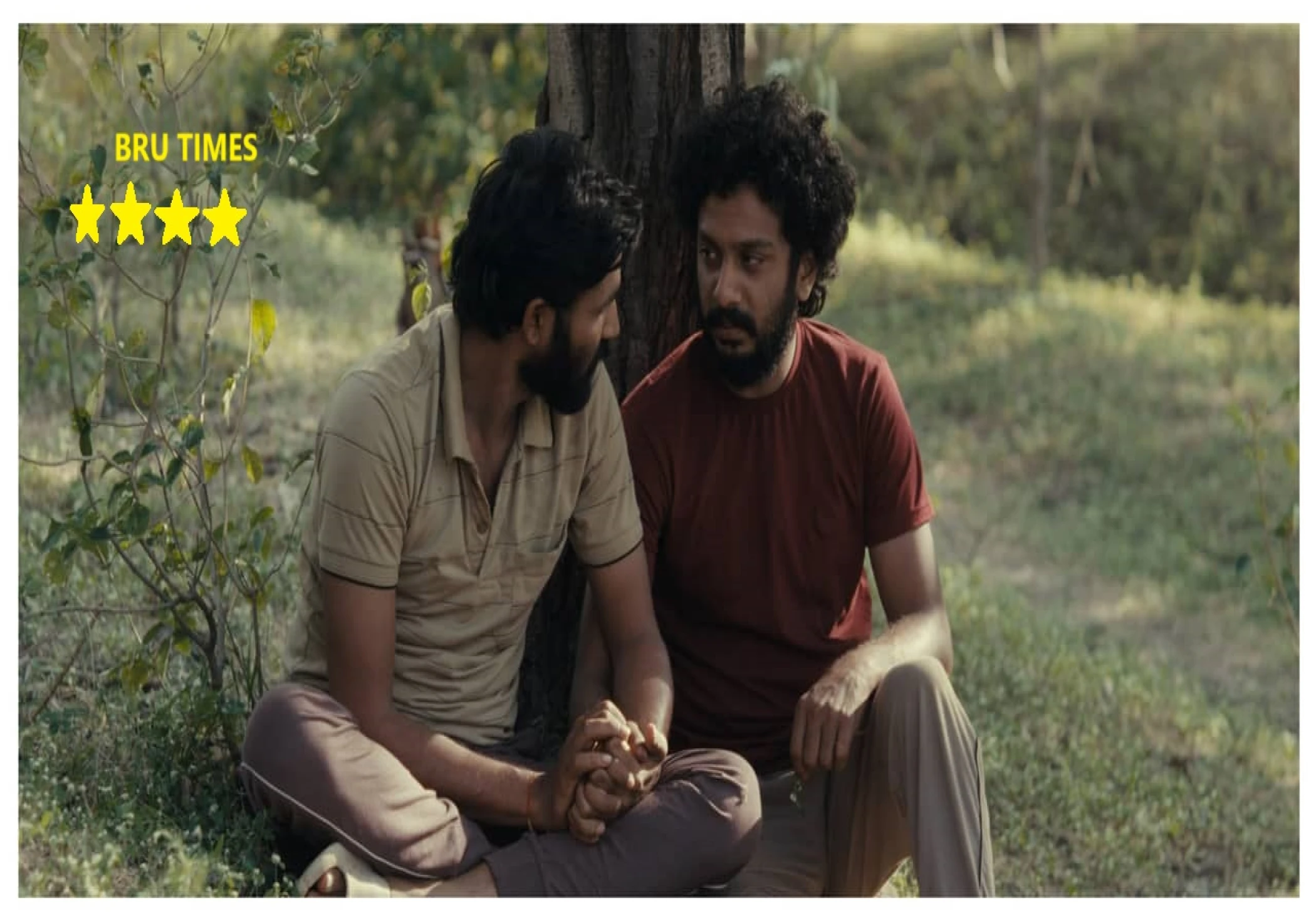
Sabar Bonda (Cactus Pears), a tender and wonderful feature film directed by Rohan Parashuram Kanawade, tells the tale of two guys from rural Maharashtra who discover their love for one another as adults while maintaining their mutual concealment. Since there is no vocabulary for this love, it must be kept hidden from their families, relatives, and occasionally even from themselves.
Anand (Bhushaan Manoj), the main character in Kanawade, looks to be in a condition of aftershock after the viewer learns of his father's passing. Along with his mother, he is bringing the deceased to his ancestral village. Moving forward, he needs to be acutely aware of all the customs he will have to adhere to during the ten-day grief period. (His mother asks him to change out of his black clothing.) His father's extended family and village relatives are starting to show him unpleasant attention. Why is Anand still single when he is in his 30s? There is a persistent defiance about him. The fact that his mother does not disturb him about this is sufficient.
Here, he meets Balya (Suraaj Suman), his next-door buddy and a local farmer who spends his days grazing goats in the steep areas surrounding. In a pivotal sequence, a distant relative shows up late at night to give him a ride, revealing that he also leads a private life as a closeted gay guy.
Balya is attracted to Anand because of his life outside of the the village and its consequences. By using the tiniest gestures and anecdotes to develop their decades-long connection, Kanawade succeeds. The world seems to stop breathing in the quiet of the trees when Balya touches Anand for the first time, and tender feelings slowly begin to blossom between them. Cinematographer Vikas Urs's capture of this breathtakingly lovely picture is stunning.
Sabar Bonda's reflections on the interactions between the two men appear straightforward, while Kanawade's perspective challenges the expectations of being a non-conformist in a heteronormative sociocultural setting. Balya explains that his parents do not understand his decision to not get married. Then there are the traditions that Anand must observe throughout the time of mourning. The journeys of these two men are inward, and Sabar Bonda humanises their daily struggles—the façade of respectability they must maintain every day—in a heartbreaking way.
Critics have praised Sabar Bonda for its nuanced storytelling and stunning cinematography, which vividly captures the beauty and isolation of rural Maharashtra. The film’s authentic depiction of queer experiences, devoid of sensationalism, has struck a chord with audiences at Sundance.
In the second half, Sabar Bonda slows down a little and loses some of its pace as it ruminates on the customs. Nevertheless, the film's strength lies in the confident performances of its main actors. Through his sentences, Suraaj Suman creates a whole livelihood of modest bravery, and he is incredibly effective as the compassionate Balya. Anand, played by Bhushaan Manoj, is a stunning work of art; the actor's submission to the film's fluctuating emotional tone is so delicate and heartfelt. He is experiencing pain and falling in love—a weird conflation of emotions that he finds difficult to articulate. That thoughtfulness is brilliantly and sensitively captured by Manoj.
As Sabar Bonda continues to garner accolades at Sundance, it signals a growing recognition of regional Indian cinema on the international platform. More importantly, it serves as a powerful reminder of the universal language of love and the courage it takes to live authentically in the face of societal constraints.


